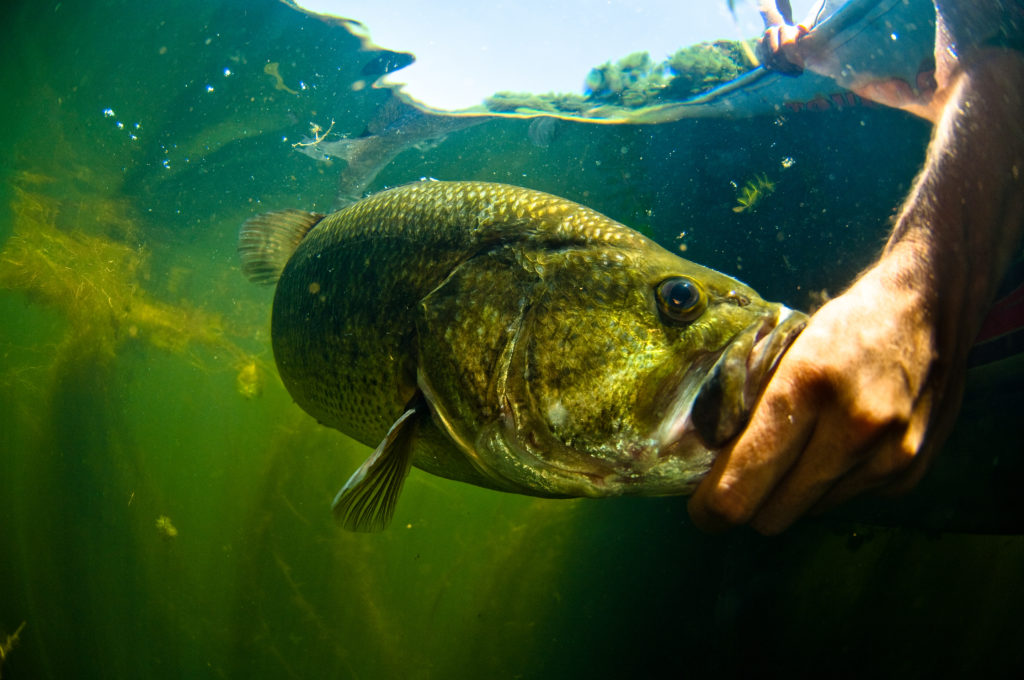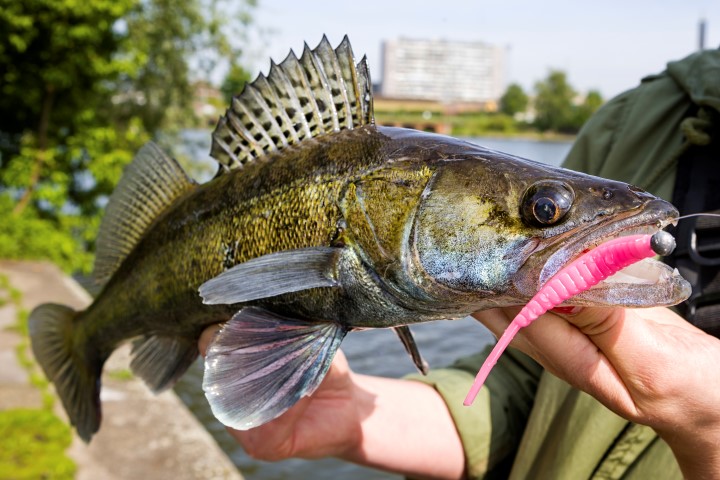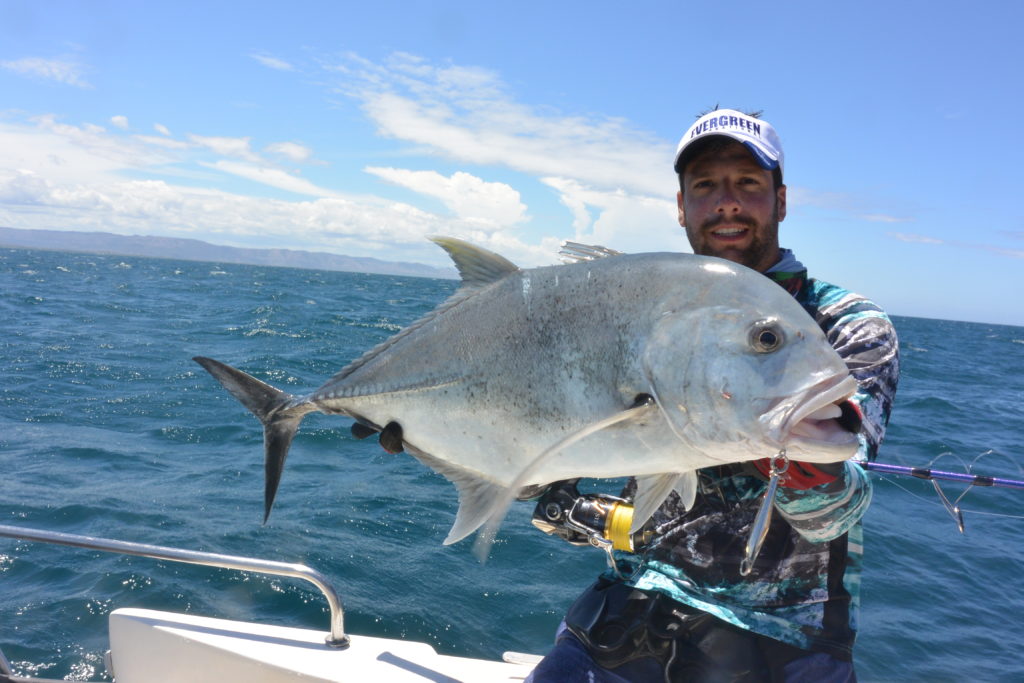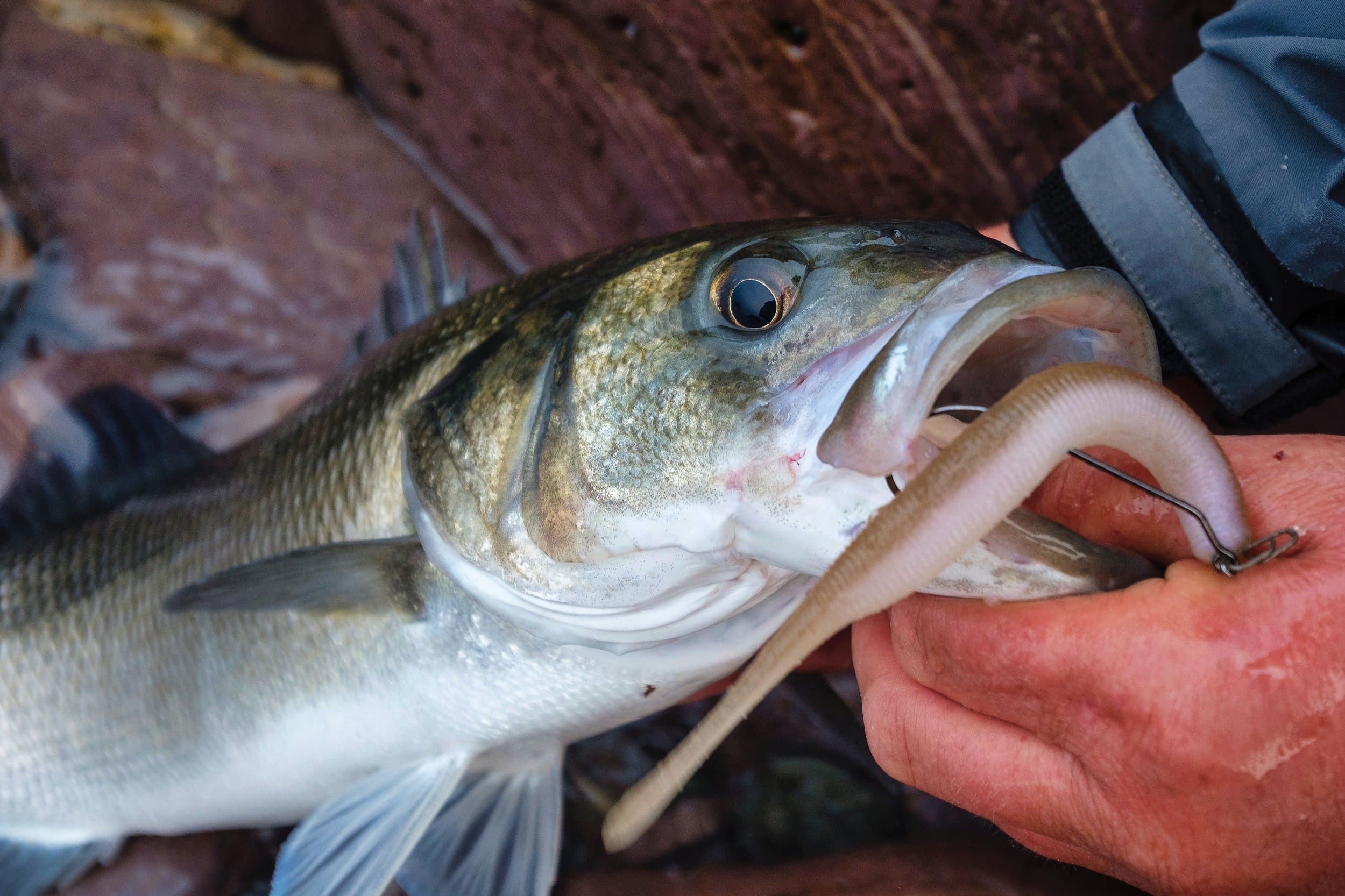
The Lure fishing for sea bass is as exciting as it is difficult to master. when you're not familiar with the fish or the environment in which it lives. In this article we wanted to look at this technique and share with you all the information you need to know about it.or advice on how to start or improve your bass fishing with a lure.
Our article in brief:
Here are the key points to remember for successful bass fishing with lures:
- Choose the suitable areas rocky points, moulières, breaks in the relief
- Mastering animation techniques lures: linear retrieval, pulling, jerking
- Use a adapted equipment rod 2.10-2.50m, reel 3000-400, braid 12/100 to 15/100
The ideal areas for sea bass lure fishing
Sea bass are particularly fond of certain types of configuration that are important to know. Here are the best areas to spot them:
- The rocky points
- The moulières
- Changes in relief
- The rocky plateaux
- The boundaries of oyster or mussel beds
- Areas exposed to currents or swells
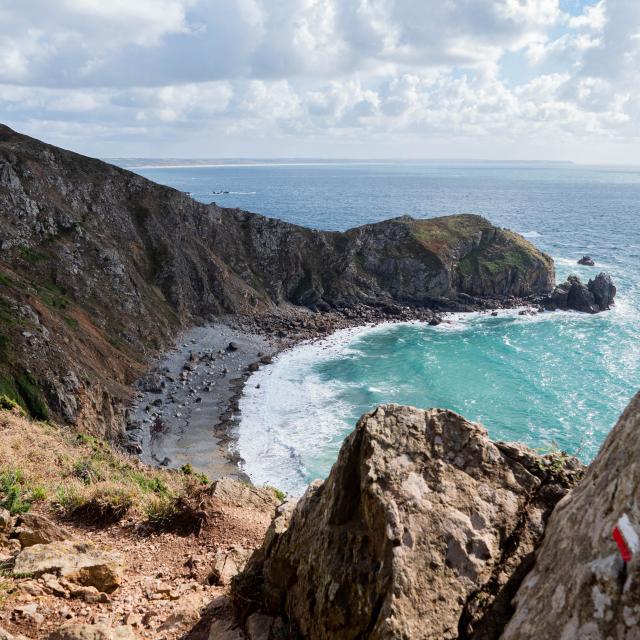
These places offer sea bass ideal conditions for hunting their prey while remaining sheltered themselves. This is because he currents and turbulence created by these structures concentrate small fish.. By definition, this phenomenon also attracts bars, which see it as a perfect larder for them.
We have noticed that first three hours of the rising tide are particularly favourable for bar activity. That's when we recommend you concentrate your efforts. In summer, the first and last hours of the day are also prime times. Sea bass are more active when the light is less intense, but also when there is less marine activity from boats.
LObservation of the environment around you is also essential.. Signs of activity such as surface hunting or the presence of seabirds can indicate the presence of sea bass nearby. Don't hesitate to adapt your technique according to these clues.
Master the art of animating lures to attract bass
Once you've identified the right spot, the key to success lies in animating your lures. Sea bass are curious, lively and opportunistic predators. You need to know how to provoke them with animations that respond to their particular behaviour. Here are the most effective animation techniques we've tried:
- Linear recovery This animation, which is simple and effective, simply consists of bringing your lure back steadily, without any particular animation. You can, however, vary the retrieve speed to provoke the attack.
- Walking the dog This is the flagship animation of surface lures such as stickbaits. It consists of retrieving your lure with dry, jerky pulls.
- Jerking As the name suggests, this lure animation is designed for jerkbait fishing. Simply jerk your rod to imitate a wounded fish and intersperse your movements with pauses. The attack often comes at this point.
- Traction Very effective animation for soft lures, jigs and casting jigs. It consists of applying wide movements to your lure and accompanying its descent in order to travel through all the layers of water.
- Bottom scraping Animation more suited to soft lures. Simply let your lure reach the bottom and animate it without making it take off too much to imitate a fish feeding on the bottom.
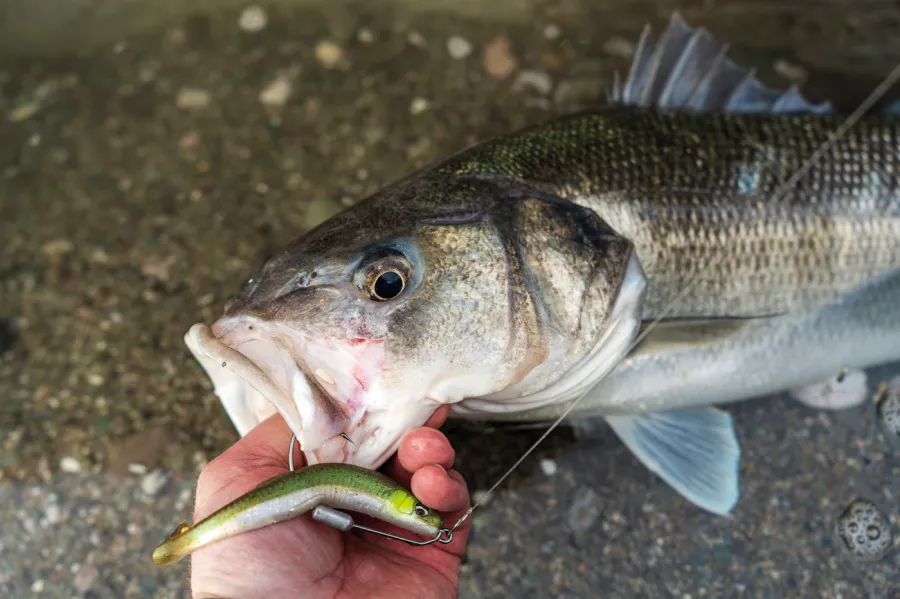
Of course, adapt your animations to the behaviour of the bar and its activity of the day, if you find it. For example, if you observe When hunting on the surface, use floating lures with a "walking the dog" animation.. On the other hand, if the activity is more discreet, opt for fishing between two waters or close to the bottom with soft lures animated by pulling or scraping the bottom.
| Type of lure | Animation recommended | Level of difficulty |
|---|---|---|
| Soft lure | Pulling, scraping the bottom | Easy to medium |
| Hard lure | Walking the dog, jerking | Medium to difficult |
| Surface lure | Walking the dog, linear recovery | Medium |
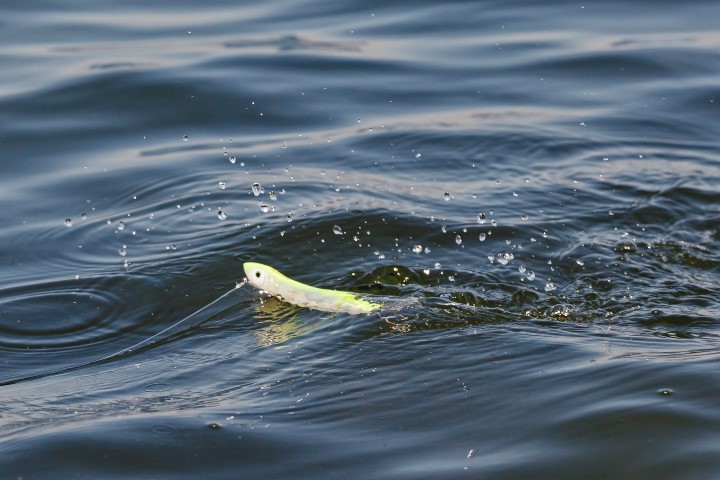
What equipment do you need for bass fishing?
Here is our selection of recommended equipment for bass fishing with lures:
Cane Choose a model between 2.10 and 2.50 metres with a fast action and a weight of between 15 and 50 grams. This type of rod offers a good compromise between accuracy, casting power and fighting power.
Reel A reel in the 3000 to 4000 size range will be perfect for balancing your outfit. Make sure you choose a robust model and one that is suitable for the sea so that it doesn't last more than one fishing season.
Line We recommend using a 12 to 15/100 diameter braid, supplemented by a 20 to 30/100 fluorocarbon leader.
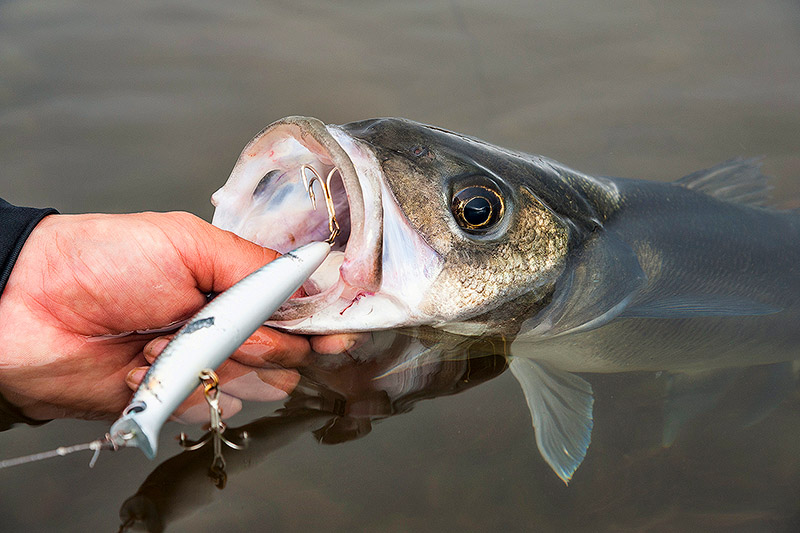
As far as lures are concerned, here is a selection that has proved its worth on our many outings:
- Soft lures : X-layer, One-up shad, Madshad, Black Minnow, Nitro Shad
- Hard lures : Z-claw, Asturias, Vision 110, Flash Minnow, Patchinko
- Other : Dark Sleeper, Drag Metal Cast
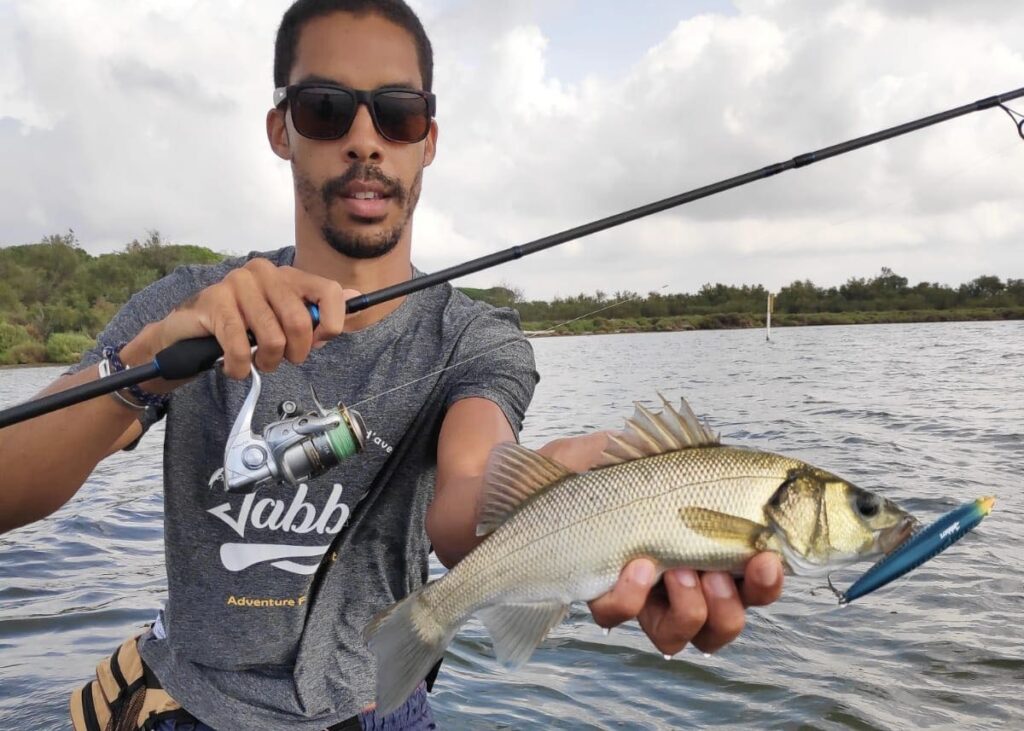
Tips for perfecting your bass fishing with lures
Through our experience, we have developed a few tips that can make all the difference to your bass fishing sessions:
Tighten quickly Sea bass have the particularity of being able to spit the lure out instantly. As soon as you feel a bite, don't hesitate to strike immediately to maximise your chances of a catch.
Fish with the current Position yourself as far as possible so that you are fishing from upstream to downstream with a gentle current. This makes for a more natural presentation of your lure.
Adapt to the fishing pressure : In heavily fished areas, bass can become wary. Don't hesitate to use smaller lures without balls or more discreet techniques to fool them.
In short, bass fishing with lures is an art that can be perfected with practice and experience. By combining a good knowledge of the spots, a mastery of animation techniques, the right equipment and a dose of patience, you will considerably increase your chances of experiencing memorable fishing sessions.

